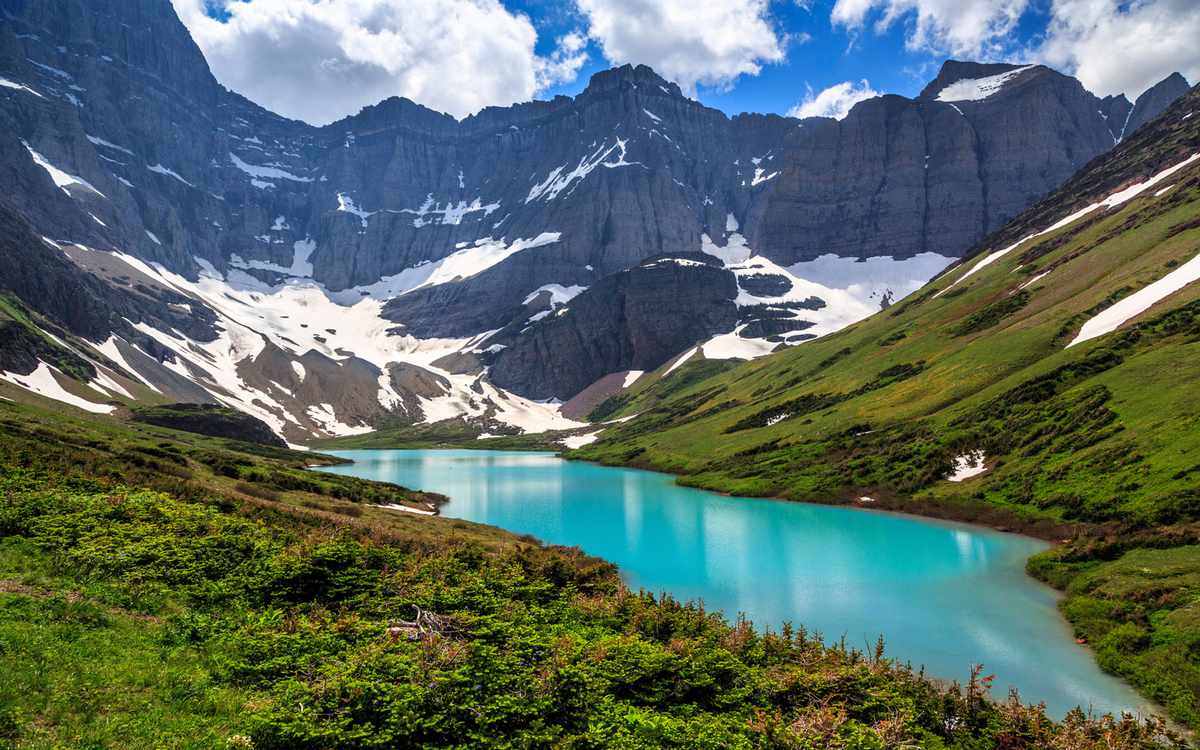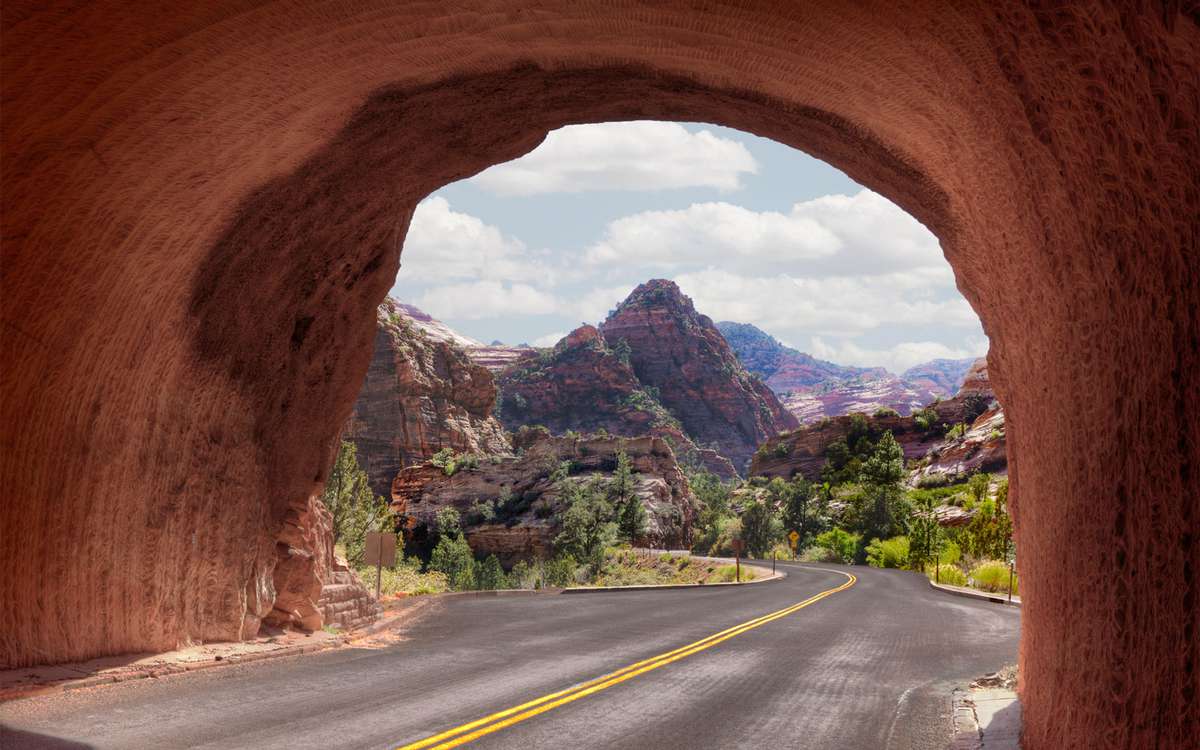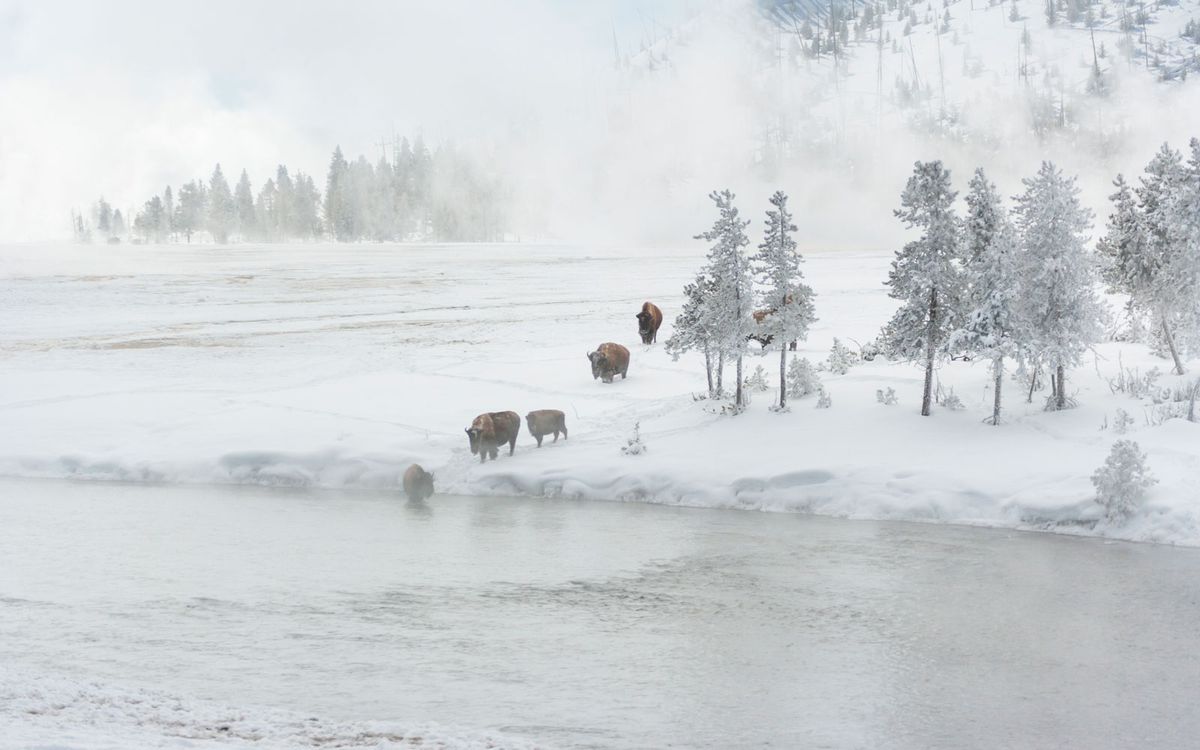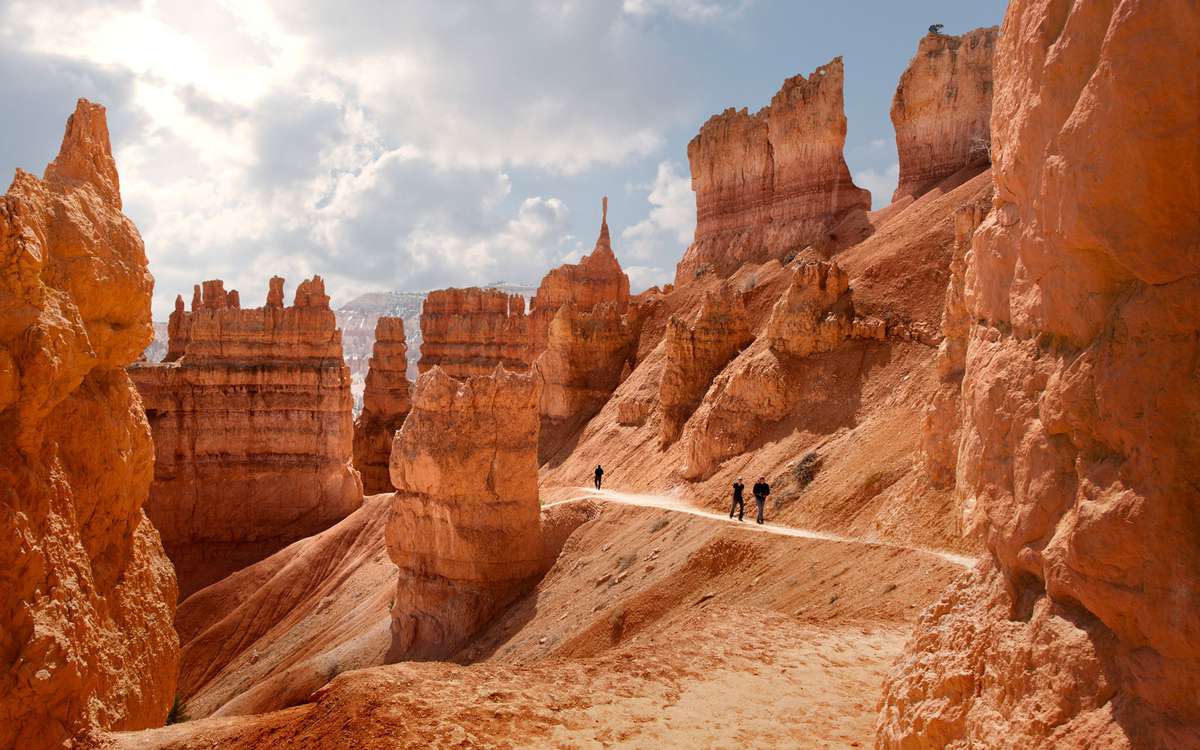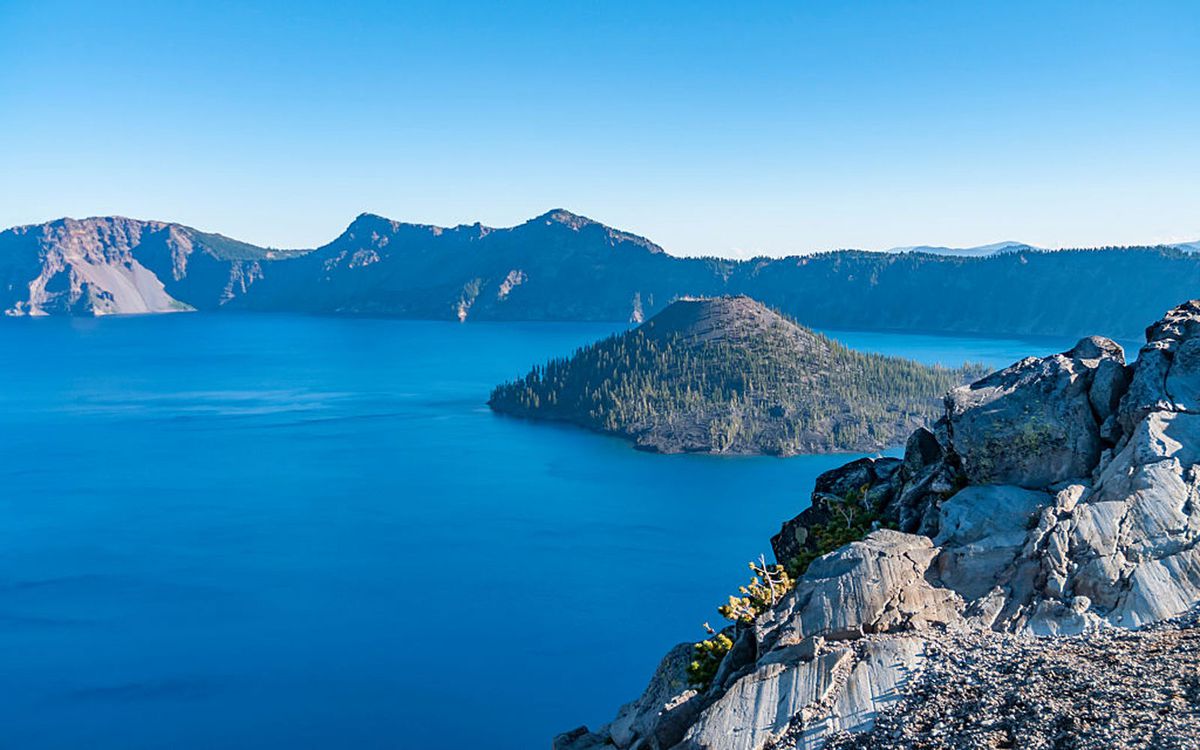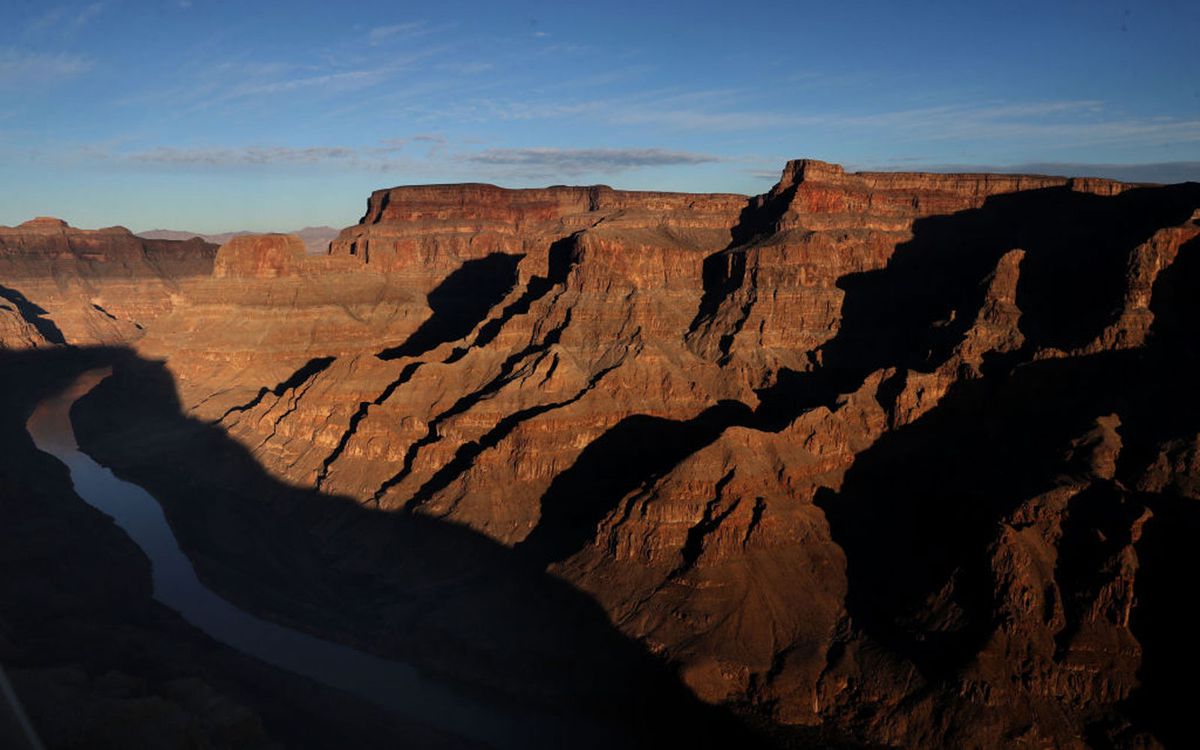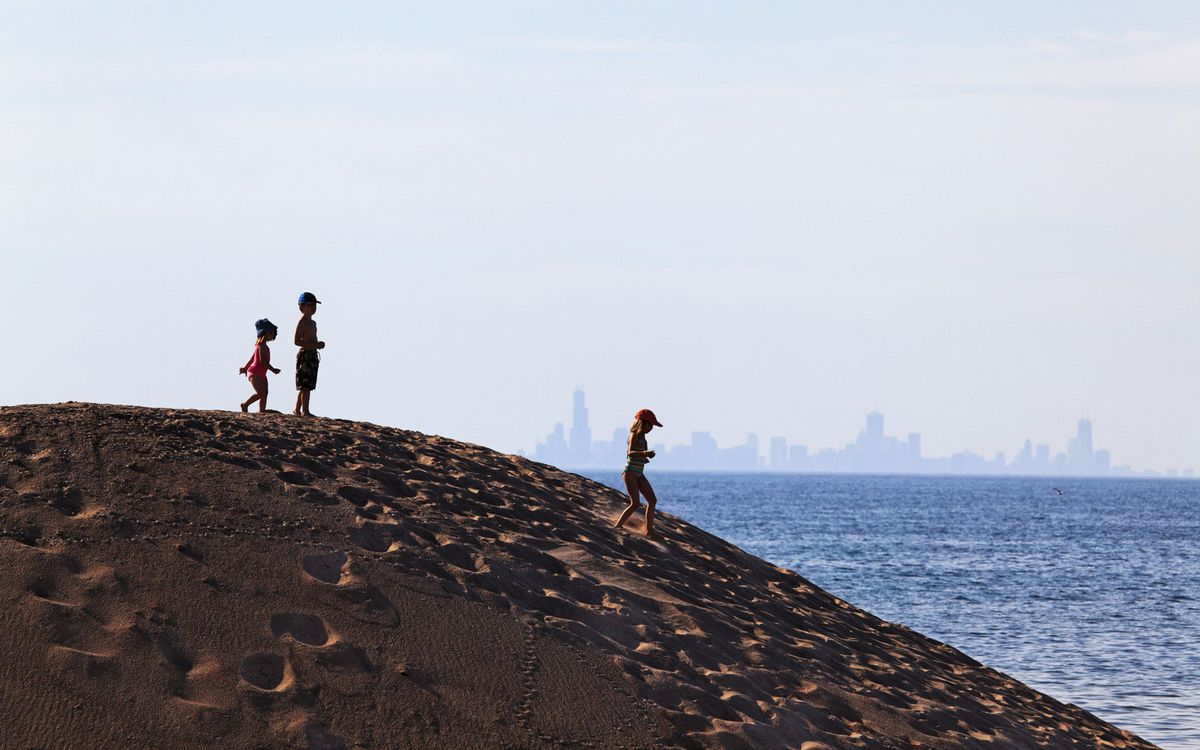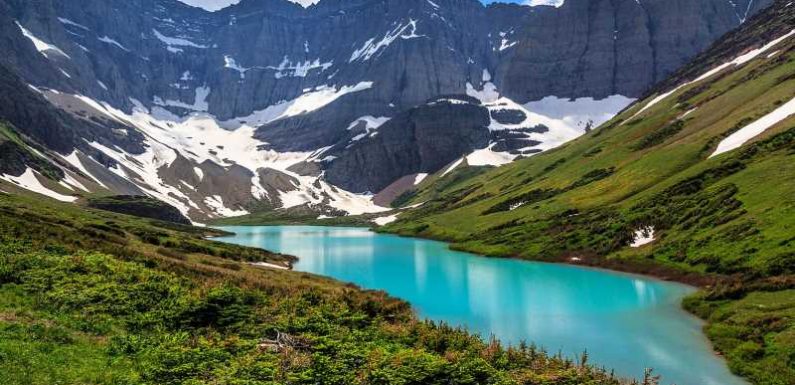
The United States just added a new national park to its roster of incredible public lands: New River Gorge National Park and Preserve. This West Virginia park runs along 53 miles of the New River and encompasses over 70,000 acres of the beautiful wooded gorge. Plus, it offers plenty of opportunities for hiking, biking, climbing, and white water rafting.
Its addition to the long list of U.S. national parks made us wonder — just how many national parks are there?
The U.S. National Park Service was founded in 1916, but the country’s first national park predates it — Yellowstone National Park debuted in 1872 when President Ulysses S. Grant signed it into law. In the years since, America has amassed a total of 63 national parks, from the northern reaches of Alaska to the waters of the Florida Keys. (To see them all, you’d need to visit 30 states and two U.S. territories.)
While the National Park System comprises 423 national park sites, only 63 of them have the “National Park” designation in their names. The other sites fall into different National Park System categories like National Historic Sites, National Monuments, National Seashores, National Recreation Areas, and others. The NPS’s website has a handy U.S. National Parks map, as well as a U.S. National Parks list for reference.
Some of the most popular national parks in the country, like Glacier National Park and Yosemite National Park, bring in millions of visitors each year, while some underrated parks, like Capitol Reef and Great Basin, remain not-so-hidden gems.
Ahead, see the full list of all 63 national parks in the U.S.
Acadia National Park: Maine
American Samoa National Park: American Samoa
Arches National Park: Utah
Badlands National Park: South Dakota
Big Bend National Park: Texas
Biscayne National Park: Florida
Black Canyon of the Gunnison National Park: Colorado
Bryce Canyon National Park: Utah
Canyonlands National Park: Utah
Capitol Reef National Park: Utah
Carlsbad Caverns National Park: New Mexico
Channel Islands National Park: California
Congaree National Park: South Carolina
Crater Lake National Park: Oregon
Cuyahoga Valley National Park: Ohio
Death Valley National Park: California, Nevada
Denali National Park: Alaska
Dry Tortugas National Park: Florida
Everglades National Park: Florida
Gates of the Arctic National Park: Alaska
Gateway Arch National Park: Missouri
Glacier Bay National Park: Alaska
Glacier National Park: Montana
Grand Canyon National Park: Arizona
Grand Teton National Park: Wyoming
Great Basin National Park: Nevada
Great Sand Dunes National Park: Colorado
Great Smoky Mountains National Park: Tennessee, North Carolina
Guadalupe Mountains National Park: Texas
Haleakalā National Park: Hawaii
Hawai’i Volcanoes National Park: Hawaii
Hot Springs National Park: Arkansas
Indiana Dunes National Park: Indiana
Isle Royale National Park: Michigan
Joshua Tree National Park: California
Katmai National Park: Alaska
Kenai Fjords National Park: Alaska
Kings Canyon National Park: California
Kobuk Valley National Park: Alaska
Lake Clark National Park: Alaska
Lassen Volcanic National Park: California
Mammoth Cave National Park: Kentucky
Mesa Verde National Park: Colorado
Mount Rainier National Park: Washington
New River Gorge National Park: West Virginia
North Cascades National Park: Washington
Olympic National Park: Washington
Petrified Forest National Park: Arizona
Pinnacles National Park: California
Redwood National Park: California
Rocky Mountain National Park: Colorado
Saguaro National Park: Arizona
Sequoia National Park: California
Shenandoah National Park: Virginia
Theodore Roosevelt National Park: North Dakota
Virgin Islands National Park: United States Virgin Islands
Voyageurs National Park: Minnesota
White Sands National Park: New Mexico
Wind Cave National Park: South Dakota
Wrangell—St. Elias National Park: Alaska
Yellowstone National Park: Wyoming, Montana, Idaho
Yosemite National Park: California
Zion National Park: Utah
Source: Read Full Article










